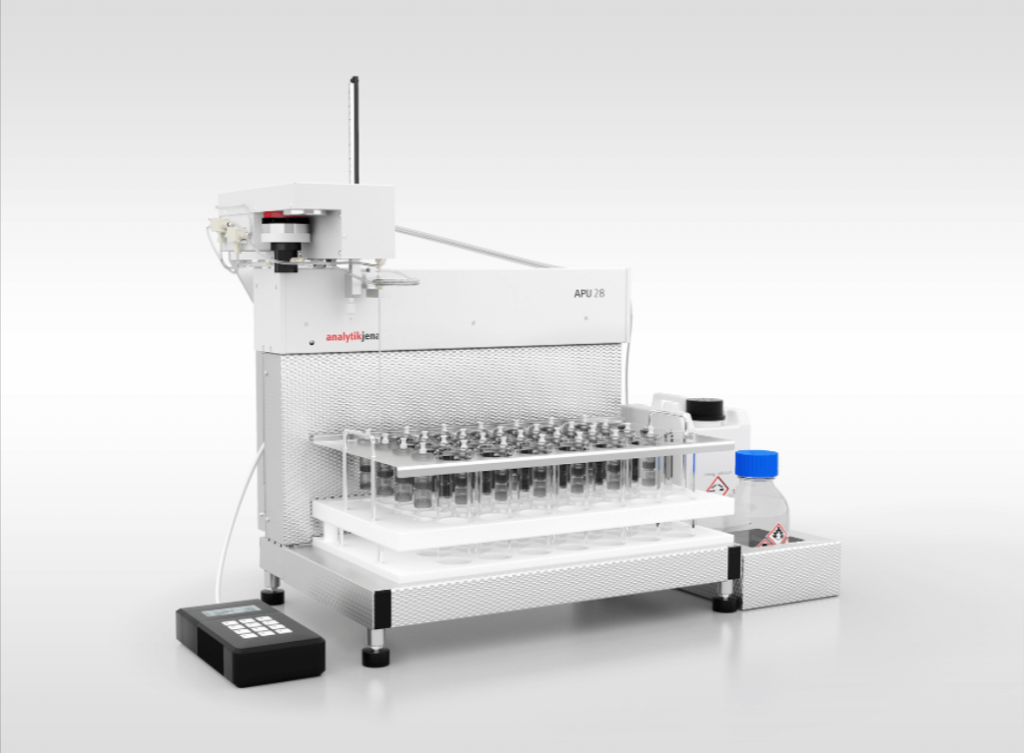WHAT DOES THE ABBREVIATION AOX STAND FOR?
The abbreviation AOX stands for “adsorbable organic halides.” This is the number of organic halogens in a water sample, which are chemicals that include chlorine, bromine, or iodine. Pollution is frequently linked to higher concentrations.
WHAT ARE TYPICAL SOURCES OF AOX?
Halogenated compounds are found in a variety of goods, such as cleaning, disinfecting, and degreasing. Even though the industrial and chemical sectors both utilize large amounts of halogenated solvents, such as DCM or TCE, which may end up in wastewater. Pesticides, for example, are more complicated ones that can be discovered in the water.
WHAT IS THE EFFECT OF AOX ON THE ENVIRONMENT?
Many AOX compounds do not naturally break down in the environment and are referred to as persistent organic pollutants (POPs). When persistent compounds persist in the environment or accumulate in the food chain, they can harm aquatic life and other organisms. Some AOX may also have hazardous effects due to their toxicity. As a result, many countries have strict regulations on wastewater discharges because of these persistent chemicals.
HOW CAN AOX BE REMOVED FROM WATER?
AOX is adsorbable organics, which means they cling to activated carbon well. Furthermore, it has been designated as one of the most effective treatments (BAT) for removing AOX. Because AOX is often only a portion of the pollution in wastewater, an integrated setup with several techniques is usually needed to guarantee that all levels are kept well below the discharge limits. Activated carbon is often used as a last step to eliminate any remnants of AOX.
What is AOX analysis?
AOX analysis is used for compliance with DIN ISO 9652, EPA 1650 for AOX in water and wastewater, and EPA 9020B for TOX in wastewater
Over the years, several sectors have utilized halogenated organic chemicals (HOC) in increasingly large amounts. Some manufactured halogenated compounds are hazardous to human health and the environment and may cause severe damage.
The Adsorbable Organic Halogen (AOX) Compounds (X = Cl, Br, I) is a sum parameter for evaluating the organic halogen compound load in the water, sewage sludge, and soils. The term covers a wide range of chemicals ranging from simple volatile substances such as trichloroethane (chloroform) to complicated organic compounds like dioxins/furans with a variety of hazardous properties. The majority of AOXs are chlorine-containing molecules, although bromo- and iodo-AOXs are also known.
AOX chemicals are a potential worry since they do not degrade in the environment, thus resulting in lengthy half-life periods. Certain of these molecules can be hazardous and could put animal life at risk living in estuaries because they can accumulate via the food chain. As a result, looking for AOX in landfill leachates and industrial effluents is critical to maintaining compliance with discharge restrictions.
There are several AOX/TOX laws on the books, such as DIN ISO 9652 for AOX in water and wastewater, EPA 1650 for AOX in water and wastewater, and EPA 9020B for TOX in wastewater.
The basic idea is simple; under certain circumstances, the AOX chemicals will adhere to activated charcoal, making it possible to collect the AOX from the charcoal after combustion.
Are there application notes describing AOX measurement compliance?
The following application notes are available (on request):
- The column technique was used to quantify AOX in wastewater by the DIN EN ISO 9562 standard.
- Samples of sewage and sludge were treated with AOX, according to EN 16166, by the batch method.
- After SPE extraction, AOX was detected in high saline water samples at 2.7 µg/L 7 nM with a limit of detection of 0.1 µg/L 7 nM
- To satisfy DIN EN ISO 9562, a linearity test is carried out with the use of a vacuum system. The column technique is used to verify conformity.
Since its founding in 1979, Scientific & Medical Products (SciMed) has been a highly successful distributor of laboratory and process equipment. We exclusively represent a number of leading manufacturers in the UK and Ireland and have recently been appointed the distributor for several companies in France and other selected regions around Europe.



